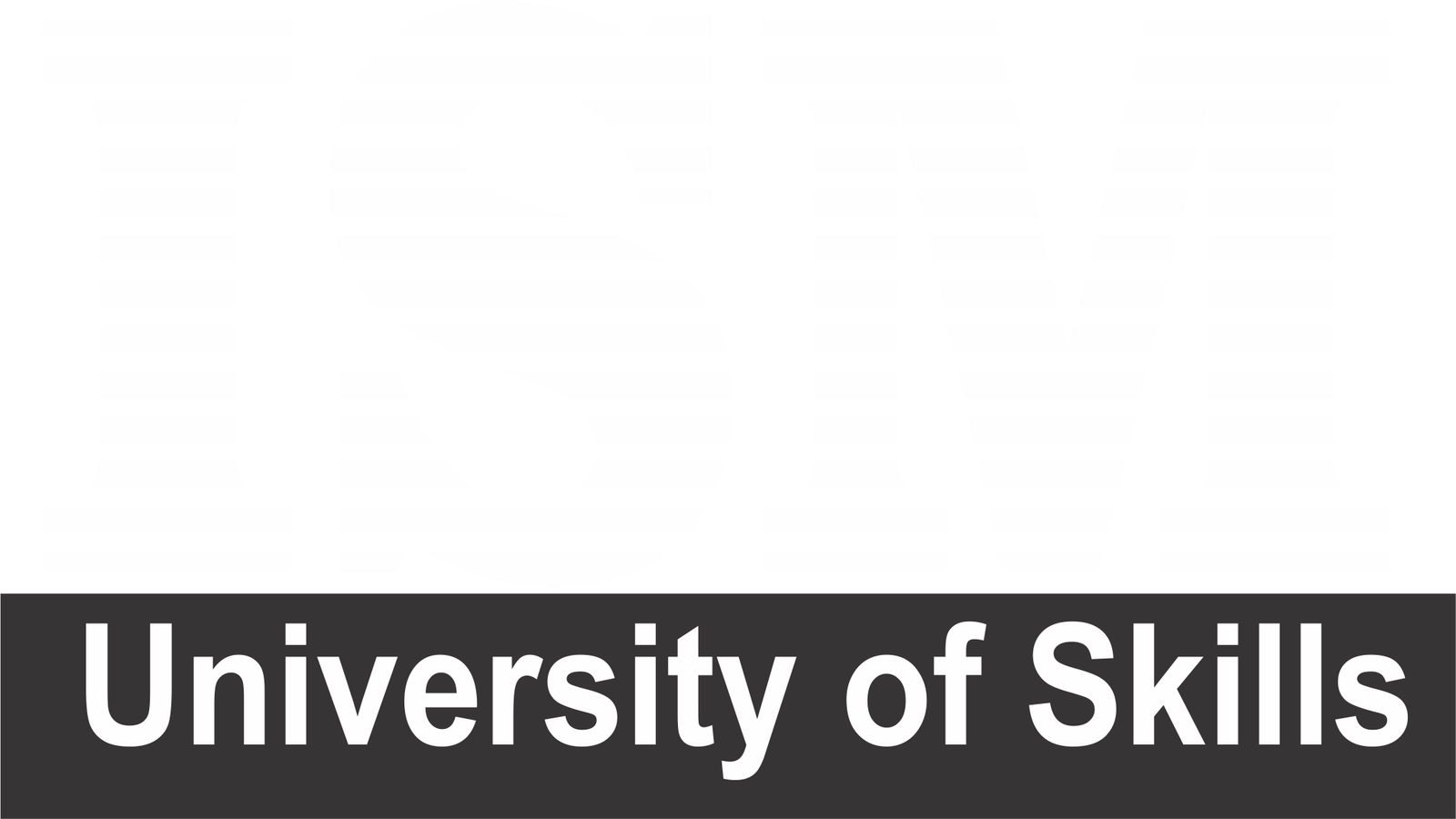Python is the undisputed champion of artificial intelligence, powering the development of groundbreaking machine learning and deep learning models. TensorFlow, Keras, and PyTorch – the dynamic trio of Python libraries – are propelling us into an era of innovation, enabling the creation and training of state-of-the-art models for a wide array of applications.
The Rise of Python Libraries: A New Era of Machine Learning:
Thanks to Python libraries, machine learning has moved from theoretical fascination to practical reality in recent years. Machine learning models are constructed using TensorFlow, an open-source framework developed by Google. Scalability and intuitive APIs make it the go-to choice for tasks ranging from image classification to natural language processing.
By contrast, Keras provides a high-level interface to TensorFlow, streamlining neural network building. Despite having limited machine learning experience, it makes complex architectures easy to construct thanks to its simplicity and modularity.
Researchers favor PyTorch’s dynamic computation graphs for projects that demand flexibility. Due to its emphasis on imperative programming, developers can easily experiment with the model’s behavior.
Unveiling the Versatility: Applications That Push Boundaries:
Image generation and manipulation: Deep learning and Python libraries have enabled lifelike images to be generated from scratch using deep learning. To blur the line between human and machine creativity, artists are using generative adversarial networks (GANs) built on these libraries.
The renaissance of Natural Language Processing (NLP) is thanks to Python. We have reached unprecedented levels of accuracy and fluency in sentiment analysis, language translation, and text generation by using recurrent neural networks and transformer models.
Healthcare Revolution: Python libraries are transforming healthcare, with models that diagnose diseases from medical images with astounding precision. Additionally, predictive analytics help in early detection and prevention of illnesses, revolutionizing patient care.
Democratizing Innovation: The Accessibility Advantage:
One of Python’s greatest strengths lies in its accessibility. Its user-friendly syntax and the extensive online community have lowered the entry barriers into the world of machine learning and deep learning. From passionate hobbyists to seasoned professionals, Python’s libraries have provided tools for everyone to contribute to the cutting-edge.
Conclusion: A Glimpse into Tomorrow:
Machine learning and deep learning have been redefined by Python’s triumvirate of TensorFlow, Keras, and PyTorch. With them, the barriers to innovation have crumbled, allowing us to explore uncharted territories in fields as diverse as art, medicine, and linguistics. As we stand on the cusp of a new era, the only question that remains is: what groundbreaking application will Python empower next?

